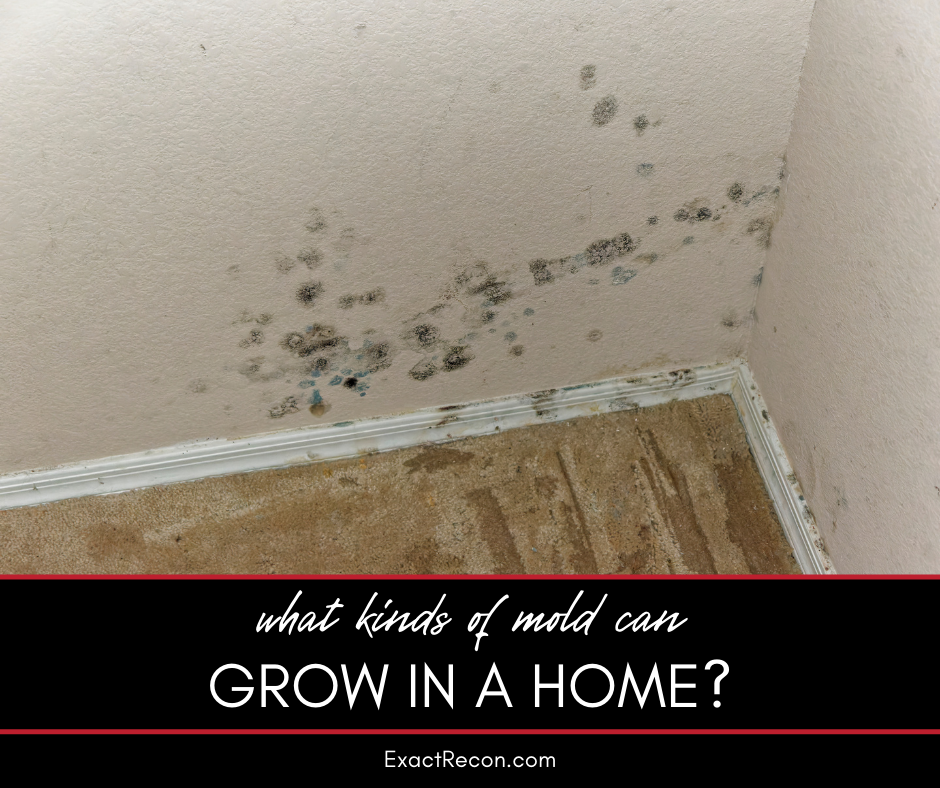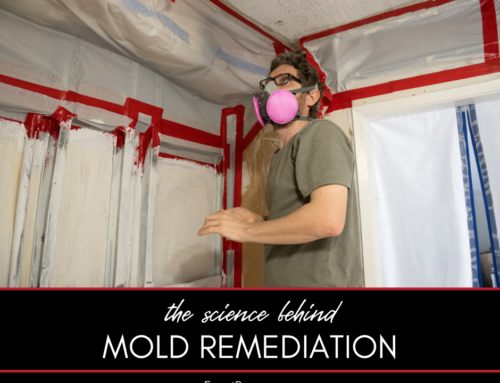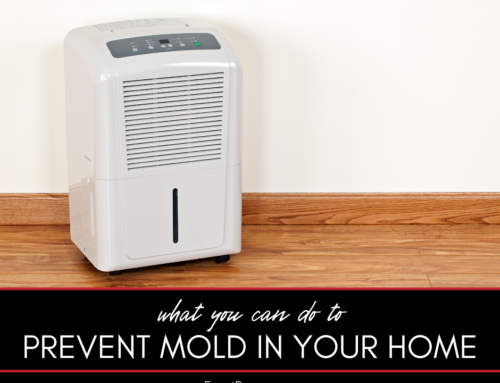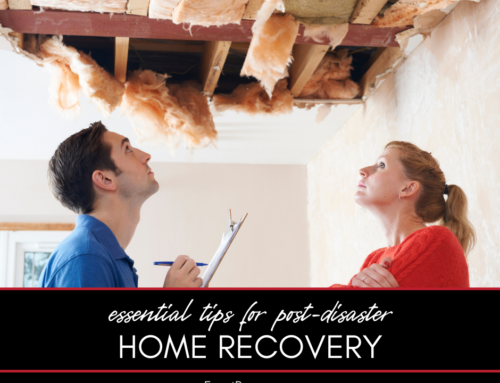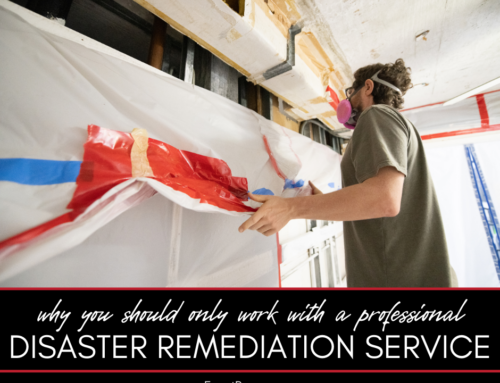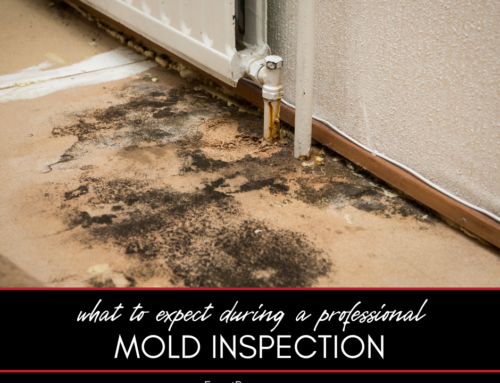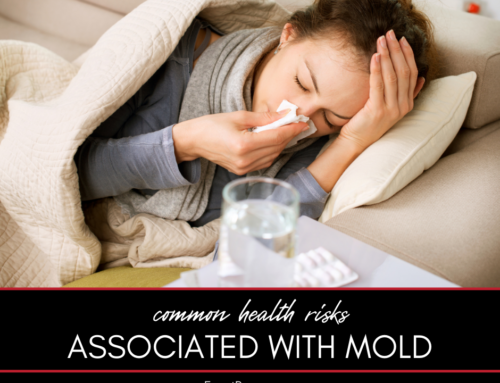Mold growth in your home is a serious concern, as it can lead to health issues and structural damage. As a homeowner, it’s crucial to understand the different types of mold that can grow in your home and how to prevent and remediate them. This guide is designed to help you identify the various kinds of mold and provide valuable information on how to address any mold-related problems you might encounter.
What Kinds of Mold Can Grow in a Home?
This guide explains the following:
- Aspergillus
- Cladosporium
- Penicillium
- Stachybotrys Chartarum (Black Mold)
- Alternaria
- Ulocladium
- Mucor
- Chaetomium
Here’s a closer look at each.
Aspergillus
Aspergillus is a common type of mold found in homes and can appear in a wide range of colors. It typically grows on damp surfaces and in areas with high humidity, such as bathrooms, kitchens, and basements. Aspergillus can cause respiratory issues, allergic reactions, and, in severe cases, lung infections.
Related: What to expect during the water damage restoration process
Cladosporium
Cladosporium is a widespread mold that grows on both porous and nonporous surfaces, including wood, drywall, and painted surfaces. It’s often found in areas with high humidity, such as bathrooms and kitchens. Cladosporium can cause allergic reactions, such as sneezing, itchy eyes, and skin rashes.
Penicillium
Penicillium is a type of mold that is commonly found on water-damaged materials, such as wallpaper, carpeting, and insulation. It produces a musty odor and can cause allergies, asthma attacks, and respiratory problems.
Stachybotrys Chartarum (Black Mold)
Stachybotrys Chartarum, also known as black mold, is a toxic mold that thrives in areas with constant moisture, such as water-damaged walls and ceilings. Exposure to black mold can cause severe health issues, including respiratory problems, headaches, and chronic fatigue.
Alternaria
Alternaria is a common outdoor mold that can also grow indoors in damp environments. It’s often found in bathrooms, basements, and around leaky pipes. Alternaria can cause allergic reactions and asthma attacks in sensitive individuals.
Ulocladium
Ulocladium is a mold that typically grows in damp areas, such as basements, bathrooms, and kitchens. It can cause allergies, respiratory issues, and skin rashes in sensitive individuals.
Related: How to protect your home from water and fire damage through regular maintenance
Mucor
Mucor is a fast-growing mold that thrives in damp environments, such as water-damaged walls and carpets. Exposure to mucor can cause respiratory problems and, in severe cases, a rare but serious infection called mucormycosis.
Chaetomium
Chaetomium is a mold commonly found in water-damaged buildings, particularly on damp drywall, wallpaper, and wood. It produces a musty odor and can cause allergies and respiratory issues.
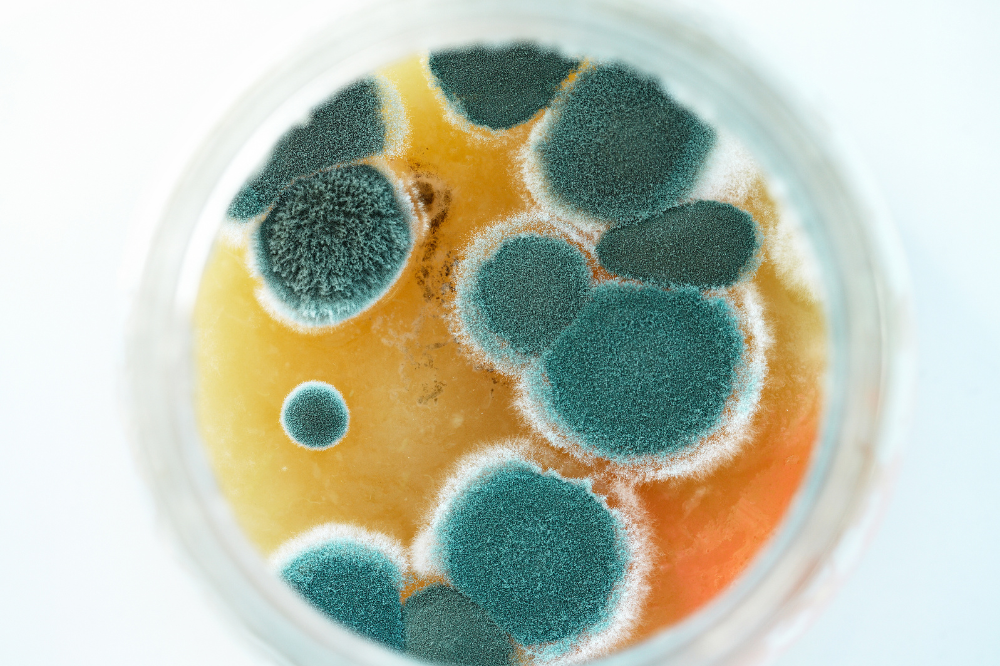
FAQ About Mold in Homes
Check out these commonly asked questions about mold in homes. If you don’t see the answers here, please call our office, and we’ll get you the information you need.
How can I tell if I have mold in my home?
Common signs of mold include a musty odor, visible mold growth, and increased allergy symptoms. If you suspect mold, it’s essential to have a professional inspection and testing to confirm its presence and determine the extent of the problem.
Related: The science behind water damage restoration
Can I clean up mold myself?
While minor mold issues can sometimes be addressed with over-the-counter cleaning products, it’s generally best to leave mold remediation to the professionals. They have the necessary equipment, knowledge, and experience to safely and effectively remove mold and prevent it from returning.
How can I prevent mold from growing in my home?
Preventing mold growth involves controlling moisture and humidity levels in your home. Some tips to help prevent mold include:
- Fixing leaks and addressing water damage promptly
- Ensuring proper ventilation in bathrooms, kitchens, and laundry rooms
- Using a dehumidifier in areas with high humidity, such as basements
- Regularly cleaning and maintaining your HVAC system
Is all mold toxic?
Not all mold is toxic, but all types of mold can cause health issues in sensitive individuals, such as allergies and respiratory problems. Some molds, like Stachybotrys Chartarum (black mold), produce toxic compounds called mycotoxins that can cause more severe health effects.
Related: What do dehumidifiers do in water damage restoration?
How long does it take for mold to grow?
Mold can begin to grow within 24-48 hours in the right conditions, such as a warm, damp environment with organic materials to feed on. The longer the conditions persist, the more the mold will grow and spread.
Related: Why should you work with a locally owned restoration company?
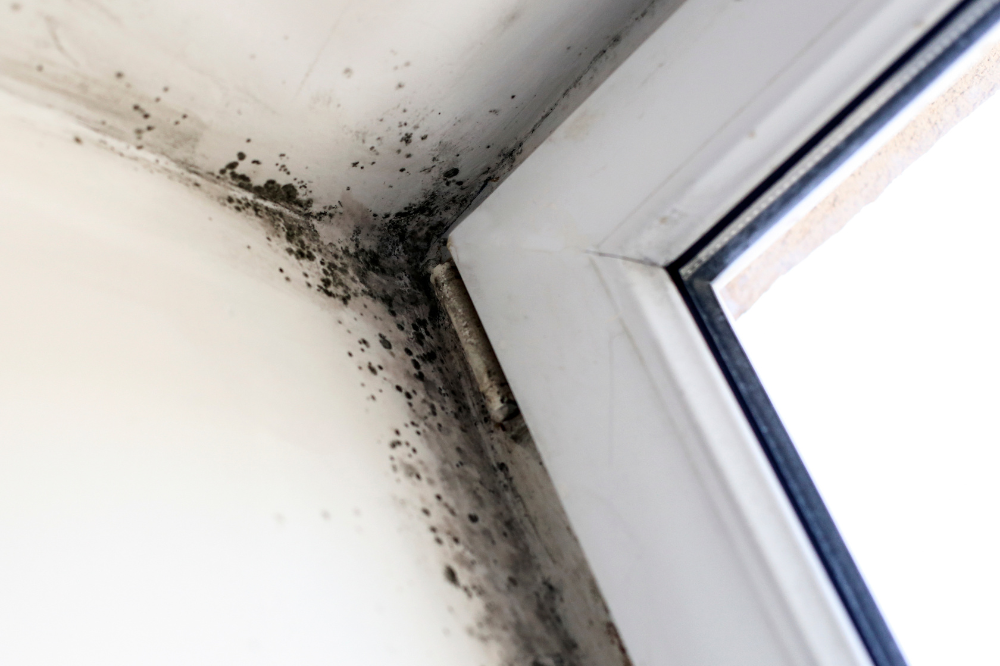
What Are the Most Common Signs of Mold Growing in a Home?
Mold growth in a home can pose various health risks and damage the structure. Early detection and remediation are crucial to minimize potential problems. Here are the most common signs that mold might be growing in your home:
- Musty Odors: A musty, damp smell is often an indicator of mold growth, even if it’s not visible. Mold produces microbial volatile organic compounds (MVOCs) during its growth process, which cause this distinctive odor.
- Visible Mold Growth: Mold can appear in various colors and textures, such as black, green, white, or even orange, and it may look fuzzy, slimy, or powdery. If you spot any suspicious growth on surfaces like walls, ceilings, or floors, it’s likely mold.
- Unexplained Allergy Symptoms: Mold exposure can cause allergy-like symptoms, such as sneezing, itchy eyes, runny nose, skin rashes, and asthma attacks. If you or your family members experience unexplained or worsened allergy symptoms while at home, it could be a sign of mold growth.
- Persistent Moisture or Humidity: Mold thrives in damp, humid environments. If you notice persistent moisture in your home, such as condensation on windows, damp walls, or high humidity levels, it could create the ideal conditions for mold growth.
- Water Damage or Leaks: If you’ve experienced water damage or leaks in your home, there’s a high chance of mold growth. Mold can begin to grow within 24-48 hours of water exposure, so it’s essential to address water issues promptly.
- Discoloration or Stains: Mold growth can sometimes cause discoloration or stains on walls, ceilings, or other surfaces. If you notice unusual dark or colored spots that were not there before, it could be a sign of mold growth.
- Warped or Buckling Materials: Mold growth can cause building materials to warp or buckle. If you see bulging walls, buckling floorboards, or peeling wallpaper, it could indicate hidden mold growth behind the surfaces.
- Previous Flooding or Water Damage: If your home has experienced flooding or significant water damage in the past, there’s a chance that mold could still be present if it wasn’t adequately remediated.
If you suspect mold growth in your home, it’s essential to contact a mold remediation professional to inspect and address the issue. They will be able to determine the extent of the problem, identify the type of mold, and recommend the most effective course of action to remediate the mold and prevent it from returning.
Do You Need a Disaster Remediation Expert in Washtenaw County or Jackson County?
If your home has already been damaged, we can help. Check out our services and call Exact Recon for your free disaster remediation quote today. We offer:
- Water damage restoration
- Mold removal and remediation
- Fire and smoke restoration
- Sewer cleanup and disinfecting
- Reconstruction
- Wind and storm damage repair

